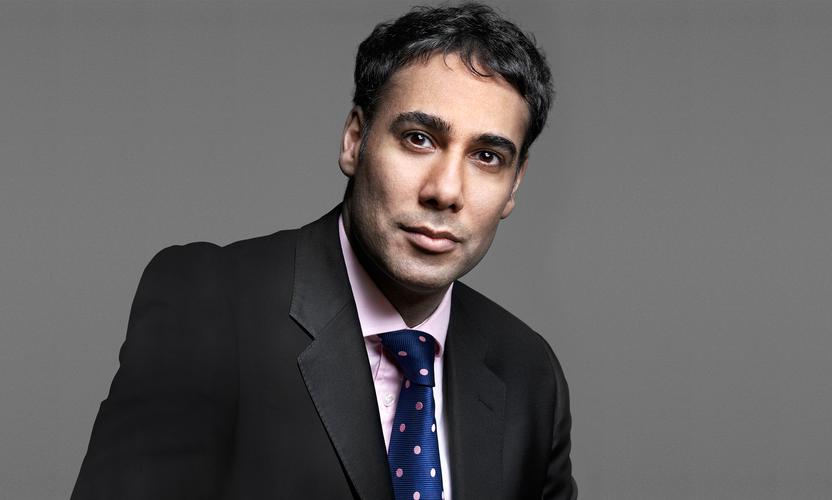This content was correct at the time of publication and is no longer being updated.
The recent sell-off in markets has been surprising. Not because of the scale of the decline - the S&P 500 is still flat year-to-date in dollar terms despite yesterday’s drop - but because it was such a long time coming.
The efforts to contain the spread of Covid-19 have been arguably been more determined and disruptive than we have seen in previous analogues (SARS in 2003, H1N1 swine flu in 2009). The impact this time has been especially pronounced given China’s growing role over the last decade in global supply chains and the world economy overall. In this context, the interesting question is not why markets were suddenly weak but why, with such a clear impact on economic output and corporate earnings, they were so sanguine leading up to Monday’s drop.
It seems that investors were more focused on two other factors. First, many clearly believe the lesson from previous health emergencies is that markets will end higher after a period of initial volatility. While that was true for both SARS and H1N1, a key difference is that those outbreaks occurred shortly after significant equity bear markets (i.e. following the unwinding of the internet bubble, and then in the wake of the global financial crisis).
By contrast, today we remain in (or are arguably at the tail end of) one of the longest bull markets in history. The second factor is that a deteriorating outlook for corporate earnings has made investors into ‘contrarian optimists’. The hopeful thinking here is that governments and central banks will continue to provide liquidity, first to mitigate the economic impact, but also quite specifically to support asset prices in the short term. Again, this is a playbook that global policy makers have used successfully over recent years: when given the choice between faltering economic demand or the provision of liquidity, go for the latter!
However, repeated use of this playbook means that, in many parts of the market, valuations have already been pushed ahead of underlying fundamentals. I have argued over recent months that a pull-back in markets was in prospect. While we feel that this could represent a buying opportunity, especially in Asia and emerging markets, investors would do well to recognise that this recent weakness may have a way to run - particularly if that well-worn playbook has just stopped working.








































